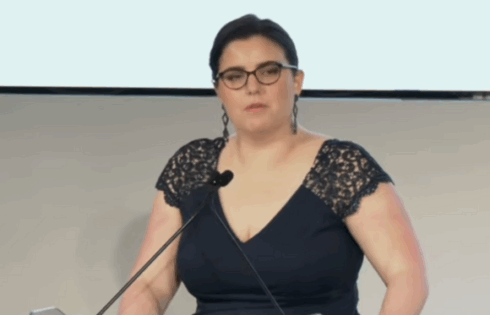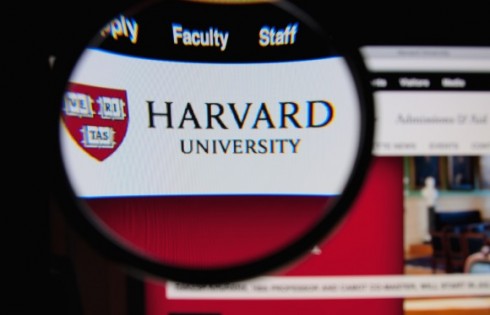
“Social distancing” is not a long-term plan. Creating herd immunity “in a controlled and strategic manner” is.
Matt Strauss, an assistant professor of medicine at Queen’s University, made a surprise endorsement Thursday in British magazine The Spectator: He agrees with the general thrust of President Trump’s “Back to Work” plan, announced by the White House Tuesday.
After “weeks obsessively consuming Covid-19 medical literature,” Strauss sees only one way to get past the pandemic without creating either “apocalyptic death rates” or “economic devastation,” and it boils down to letting healthy people return to normal life far sooner than many supposed experts want.
COVID-19’s characteristics sharply distinguish it from bird flu, swine flu, SARS and MERS, which were “all equal-opportunity killers” that ravaged the young and healthy as well as the old and sick, says Strauss, who formerly directed the critical care unit at Canada’s Guelph General Hospital:
This peculiar mortality profile probably explains why Italy has had such a high case fatality rate. Italy is home to the world’s second most elderly population. These elderly citizens are famously close with their extended family, and scholars have documented high rates of intergenerational contact among them. No attempt to particularly sequester the Italian elderly was ever made.
This was also the core flaw in the United Kingdom’s initial plan to build herd immunity: The government had “no real plan to completely sequester people over 50 or young asthmatics and smokers while the pandemic blew through the rest of society.” That led the U.K. to overreact with a “nationwide lockdown.”
Every other plan for controlling COVID-19 takes too long, such as vaccine development or tests on a malaria drug, or stops working when everyone returns to normal life, such as social distancing, he says.
What we know from extensive testing in other countries is that the novel coronavirus’s fatality rate is actually dropping, with large countries performing the most tests per capita “seeing the lowest mortality rates.”
Strauss notes that this virus seems to be less contagious than measles, and thus the minimum threshold for herd immunity is much lower, perhaps 40-60 percent of the population: “If there was a way to safely grant two-thirds of a society Covid-19 immunity, the pandemic would stop.”
Without tying himself to an artificial timeline, Strauss urges public health authorities to take a close look at the effect of “extreme social distancing” and consider relaxing restrictions as more data come in:
Perhaps two weeks from now, healthy people under 40 could return to work provided that they have no vulnerable people in their household. Perhaps a week after that, healthy people aged 40-50 could join them, and nurseries could reopen.
That would put him in line with President Trump’s hope (not mandate) that life can start returning to normal around Easter.
IMAGE: Evan El-Amin/Shutterstock
Like The College Fix on Facebook / Follow us on Twitter




Add to the Discussion